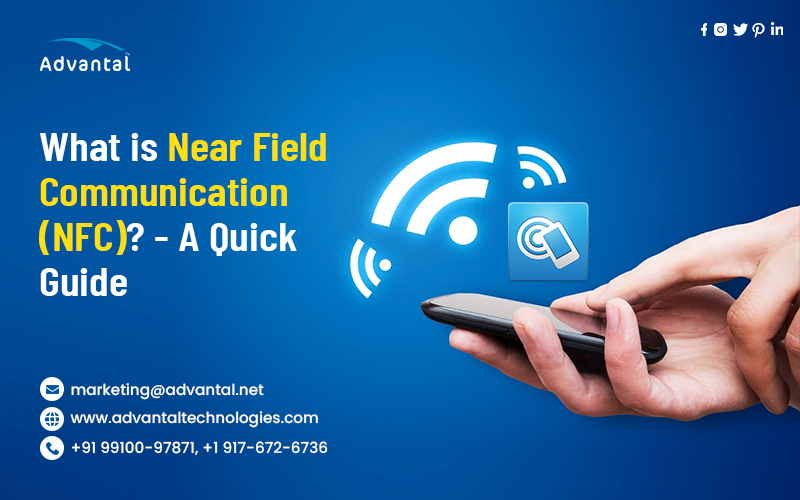Google Pay announced a new payment function called “Tap to pay for UPI” in India a few months ago. Near Field Communication (NFC) technology is enabling this new feature. Mobile phone users can now complete the transaction by tapping their phones on any Pine Labs Android point-of-sale (POS) terminal across the country using their NFC-enabled smartphones and GPay UPI.
For some time, people have been using the same tap to pay function with debit and credit cards.
Similarly, Apple Pay released the “Tap to Pay” functionality for iPhones in February. It enables retailers all around the United States to take Apple Pay, contactless credit and debit cards, and other digital wallets using their iPhones. Without any additional hardware, the user merely has to tap their iPhone.
What is NFC?
NFC (Near Field Communication) is a short-range wireless connectivity technology that allows NFC-enabled devices to communicate and transmit data with a single touch.
Near-field communication technology is being used for money transactions, coupon delivery, inventory tracking, preventing automobile theft, and document sharing.
How does it work?
NFC-enabled devices must be physically contacting or within a few millimeters of each other to transfer information.
RFID (radio-frequency identification) is a technology that allows us to identify items using radio waves. NFC is a subset of RFID. For decades, people have used RFID to scan items in shops, mark their cattle, and (recently) highway toll collection.
NFC uses a unique RFID frequency of 13.56MHz to communicate over a short distance. Recently, corporations have begun to integrate NFC to enable contactless payments for their customers, resulting in a seamless omnichannel experience. To process the payment using the frequency, the NFC-enabled reader and the smartphone transfer encrypted information back and forth. Everything happens in a flash.
Is NFC safe?
The quick and easy nature of the technology may make users think about the safety of the transaction. However, it is even safer than magnetic-stip cards.
The data in an NFC transaction is encrypted, unlike the data on a magnetic-stripe card, which is static. It also need authentication from the user.
The payment amount is pre-filled by the POS in the GPay app, for example. The amount and merchant name may then be verified, and the payment can be authenticated using the user’s UPI PIN. Apple Pay and other mobile wallets encrypt your financial information. To put it another way, they jumble it up into something that scammers can’t decipher.
The Future of NFC
Near field communication has just started spreading its wings. The ability of NFC to enable whole smart sensing ideas will almost certainly play a key part in its revolution.
NFC-integrated applications can also be combined with high-security technologies like blockchain to build trustworthy, autonomous, and interconnected sensing systems. Faster transactions and data exchange will benefit a number of industries including health care, commerce, and more.

